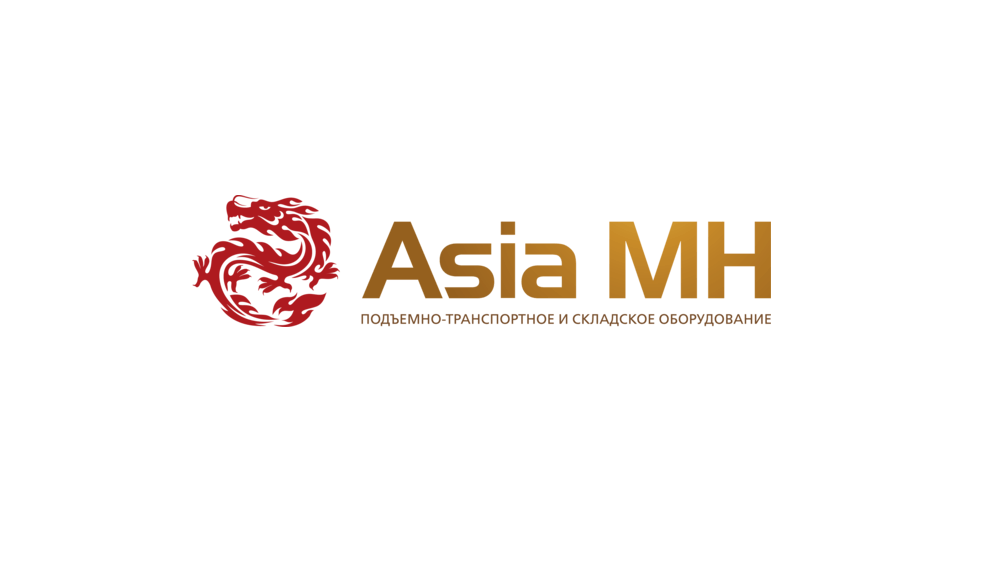Current Situation in Russian Marine Transport Operations: Statistics and Expert Views

Currently, freight traffic flows have almost completely redirected from West to East with significant impact on marine transport operations. In this article: ongoing challenges, priorities and statistics regarding marine transport operations, as well as the issues related to Russian ports in the Far East.
Sea shipping has always been considered one of the most profitable and convenient ways of transporting bulk cargo. In 2022 Russia, marine transport operations accounted for 69% of FEA scope — up 6% from the previous year. Let's take a closer look at marine transport operations in 2022-2023.
Freight and Container Turnover at Russian Seaports: as of May 2023.
Reviewing the scope of cargo and container turnover indicators in Russian seaports as a whole, we can talk about positive dynamics. In May, freight turnover of all seaports rose by 9.7% compared to the same period of 2022, amounting to 78.5 million tons. The data is provided by SeaNews news agency with reference to PORTSTAT analytical centre. Share of bulk oil cargoes in freight turnover was nearly half: 31.7% were oil and 12.9% were refined products. As for geography, the Azov-Black Sea basin accounted for 33.8% of total freight turnover. Fewer cargoes were handled in the Baltic basin (27.9%). The Far East basin with 27.1% of freight turnover ranked in the top three.
Growth in container turnover was also observed. Compared with May 2022, the indicator increased by 36.2%, if we take all Russian seaports. A total of 428,700 TEUs were handled. Positive trends were also recorded in exports and imports. In May 2023 imports increased by 78.5% and exports by 4.5% compared to May 2022. 26.7% of containers were handled in the Baltic basin and 20.9% in the Azov-Black Sea basin. Almost half (49.6%) of the container turnover came from the Far East ports.
Growing Importance of the Far East Ports
No wonder that due to the recent events the Far East ports have become the main point for cargo arrival and transshipment. Redirection of cooperation towards eastern countries led to the fact that the Far East ports processed a record number of cargoes. The volume of sea container shipments increased significantly. In 2022, 588 thousand containers were imported through the Far East ports, which is by 11% higher than in 2021. 64 thousand containers passed through these ports only in August — a historical record according to the Federal Customs Service of Russia. The Far East Customs remitted RUB 757.5 billion to the federal budget — by 52% more than in 2021.


At present, the importance of the Far East ports is only rising. Within less than the first half of 2023 the container traffic through them increased by 34%. 529,000 containers were handled during this time, which is also a record. At the same time, the opposite trend is observed in the North-West. There, according to Ruslan Davydov, Acting Head of the Federal Customs Service, the volume of container traffic decreased by the same 34%. “It turns out that there was an absolute overflow of cargos from the West to the East,” concluded the expert. A total of 92 million tons of cargo was transported through the Far East, of which 72 million tons were transported by sea.
In the first five months of 2023, even more cargoes were transferred to Russian ports via the Russian Railways network. Compared to the same period in 2022, the increase was 4.1%, and 144.9 million tons of cargoes were transported. The growth was observed both in the Far East (+4.3%; 46.8 million tons) and South (+1.2%; 40 million tons), as well as in the North-West (+6.3%; 56.4 million tons). As for specific goods, there was an increase in traffic of grain, chemicals and fertilizers. There was 8.5% increase in oil cargo (2.9 million tons) delivered via the Russian Railways network to ports in the Far East.
Key Challenges and Priorities in Marine Transport Operations
Shortage of ships is one of the urgent challenges in marine transport operations. According to Strategy Partners, before early 2022, 80-90% of container sea traffic was driven by foreign fleets. Apart from that, Russian fleet holds a very small number of container ships — around 0.6% of the world fleet. Shortage of sea ships is the most critical issue in the Baltic Sea. Vitaly Evdokimenko, Head of TransContainer, stated that the Far East and the Azov-Black Sea basin are no longer experiencing such shortage. However, since the market players have actively started to offer sea services for the North-West direction, the situation is gradually improving.

Some players of transport-logistics market claim that not only sea ships are in short supply. Russian ports have insufficient capacity. Albert Likholet, CEO of Global Ports Management Company, estimates that Russian port capacity is about 7 million TEU, while under current circumstances, at least twice the current capacity is required. The Far East does not have enough sea terminal capacity, as reported by Mikhail Burmistrov, Head of Infoline-Analytics. As the expert explained, some difficulties are observed with off-dock terminals, as well as high cost of transportation by container trucks. For example, hauling cargo from sea terminal to off-dock terminal in Vladivostok costs the same as shipping a container from Moscow to St. Petersburg.
Redirection of freight traffic to the East greatly increased the load on the Far East ports and forced higher involvement of sea vessels in this region. The fleet is in greater use, and the vessels wear out faster. Need for repair is increasing, and major transport and logistics companies are already considering it. So, FESCO intends to increase the capacity of its subsidiary FESCO Service that is engaged in ship repair in the Far East. Andrey Severilov, Chairman of FESCO Board of Directors, commented on the company's plans at SPIEF-2023: “It's not enough just to develop the ports of the Far East, we should also develop facultatively related matters.”
TransRussia Exhibition to Support the Industry
For 27 years, the exhibition of transport and logistics services, warehouse equipment and technology, TransRussia | SkladTech, has been Russia's leading business platform for industry professionals. Every year the exhibition is visited by freight owners and representatives of the companies engaged in transport logistics, freight forwarding and warehousing.


In 2023 TransRussia | SkladTech was attended by 27 010 experts from 41 countries and 76 regions of Russia. Logistics experts and freight forwarders have three exhibition days to address their key business issues. They attract new clients and partners, learn the latest industry news from colleagues and experts of the business program.
2023 Exhibition Report >>




















